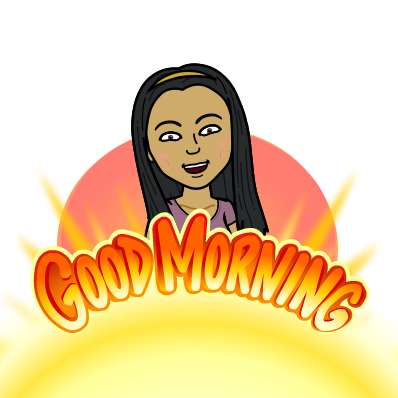 3:30am
3:30am - What time is it? My alarm hasn't gone off yet. Oh well, I'm wide awake. So much to do! So much excitement! Why don't I read for awhile to try to stay calm, I've got to save some energy for tonight.
5:00am - Okay, it's really time to get going now. Get ready, dress nice, do my hair. Did I remember to pack everything? Let's check one more time. Eat a good breakfast, you will need fuel for the day.
6:45am - Arrive at school. Start packing everything to bring to the high school (concert venue). Where's my packing list? Extra strings, extra music, tape, paper, programs, glow sticks, markers, attendance sheets. The rest will be packed after we use it in class. Charge the video camera! My principal finds me and says, "15 hours!" Yep.
7:30am - Leadership team meeting. Great to get my mind off of the concert for a bit. Find someone who is willing to videotape the concert.
8:35am - 1st period. Our room setup is completely different today. Oh well, good practice for when things will feel different tonight. Tuning. Final reminders. Did I remember to cover everything? Play-through. Practice with the guest conductor one more time. Finding the delicate balance between tweaking things but not overloading students with too much to remember tonight - cramming never works well!
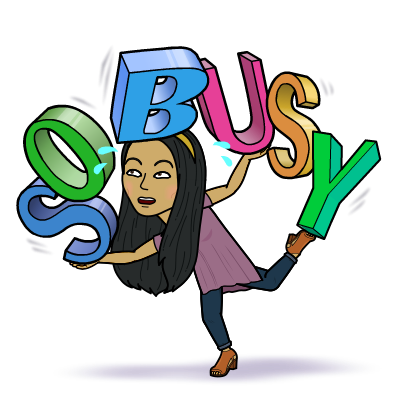 9:32am
9:32am - 2nd period. Lots of tuning. Final reminders again: concert dress, where and when to show up, where to put cases, concert order, how to behave in the audience, what to do when you first walk on stage, check your stand height, make sure you have enough room to bow, we are guests in the building so don't mess with their stuff, don't forget your music! Dress rehearsal - what are the one or two things to focus on in every song?
10:27am - 3rd period. Combining my 6th grade classes = twice as many students as usual! And, just for good measure, a new student, with today being her first day. We'll get her set up on Monday, there's no way I can do that today. Tuning takes a long time, and then we have to find our seats. Another teacher comes in to have a conversation, but I really don't have time today. More reminders, more run-throughs of songs. Getting used to hearing a group with all of the parts. Try it a few times to practice playing all together. We are set! So much nervous energy and excitement!
11:30am - Head to my next school. No concert for them tonight, just regular class. Hard to focus on what they are doing with everything running through my brain, but we make it. It's snowing now!
1:15pm - Back to my first school with a little prep time. Eat lunch. Pack baton, scores, seating charts, newly charged video camera, three extra bows for students, and everything else. Respond to the deluge of emails with last-minute questions about the concert from parents. Make final copies of music. Write & print out my concert script, the things I need to remember to say. Play piano with another music teacher to de-stress a little. The fact that I woke up at 3:30 is starting to hit me - I'm hitting an afternoon wall of tiredness!
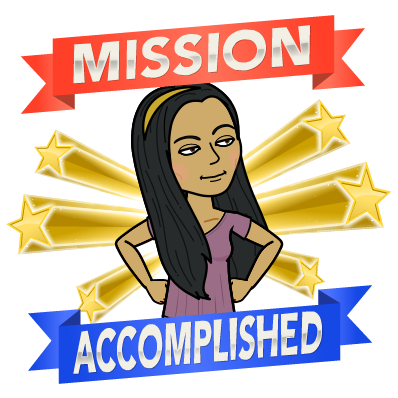 2:50pm
2:50pm - Last class of the day! They don't have a concert either, but I was able to get my assistant to teach today so I could save a little brainpower. I get to walk around and check in with individual students while she leads the main class. This is great! I don't do this often enough. I'm getting a lot of good information, and getting a personal touch with some kids.
3:38pm - School's out! Hope & pray that my students remember to pick up their instruments. Grab a case for a cello player. Another student says that his cello is missing. Run around the building trying to find it, and realize that a younger student had grabbed the wrong instrument and taken it back to her classroom. Finally find the cello there, but the case is now broken. I'll have to call home later. For now, let's MacGyver it so he can take it home and to the concert. Okay, one emergency solved. And no instruments are left in the orchestra room! Hallelujah!
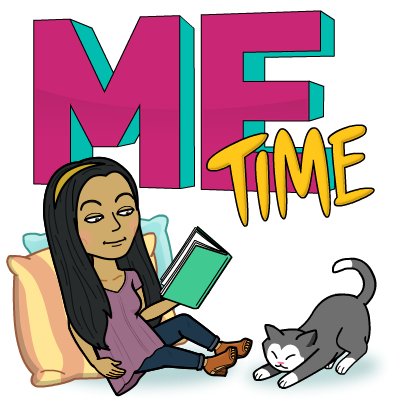 4:30pm
4:30pm - Half an hour to relax, eat, and make any final preparations for the concert. Read my book, drink lots of water to preserve my voice, and try to relax.
5:00pm - Time to go to the concert venue! Can I carry everything in one trip? Yes! Find my way to an unlocked door and get in to put my stuff down. Fine a friend to open the auditorium and start setting up. Reserved signs on seats for students, video camera, programs & flyers out front, clean off the stage, attendance sheets out, podium and chairs and stands beginning to be set up. I'd better go change before the kids arrive.
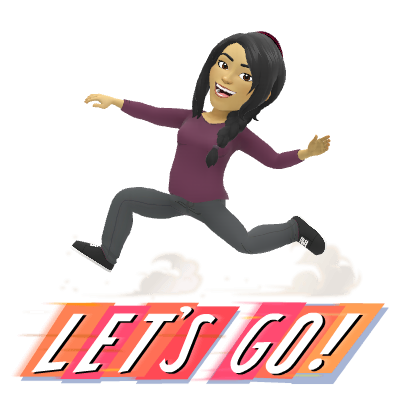 6:00pm
6:00pm - One more rehearsal for my Chamber group. The stage isn't quite set yet, but good thing I have lots of helpers! We get chairs & stands out, and then tune. Lots of tuning. A former student asks if I want help, and the answer is of course! Rehearse, it sounds pretty good! Now I see the high school orchestra teacher (our host). She helps tune as well, then gets lights and sound set. "Ms. Yeh, can you put fingertapes on my cello?" Not now, it's too late - use your ear to listen to where your fingers go!
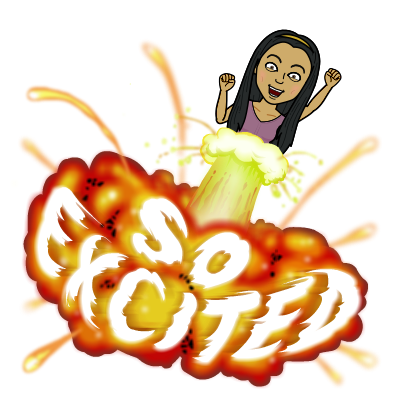 6:30pm
6:30pm - Here are the rest of the kids! Energy, excitement, nervousness, all stuffed into 115 bodies in one room. Tune, sign in, get a glow stick for your bow (6th grade). Remind them to not touch anything that does not belong to them. Warm-up and pep talk. 8th grade small group who is playing in the lobby, go ahead. There's my principal - she gives them a pep talk! My assistant principal comes, I show him how to work the camera. It's time! 7th & 8th graders, go out to the audience and take your seats. 6th graders, head onto the stage.
7:00pm - Showtime! I'm in a zone once we get here. The music flows, just like we've practiced so many times. We hit that note in tune! We stayed together during that section! Bits and pieces are off, but so many more things are going well! Go kids go! The music is easy. I hate talking to the audience - I'll stand in front of kids all day, but a group of adults is more intimidating. The best advice I've ever received runs through my brain: the parents just want to see you interact with their kids and their kids having fun with you. THAT'S what it's about. Talking has gotten easier as I've been teaching longer and I realize I don't have to be some crazy formal emcee, I can just be myself! Audience behavior is good. Transitions are going very well. Yes!
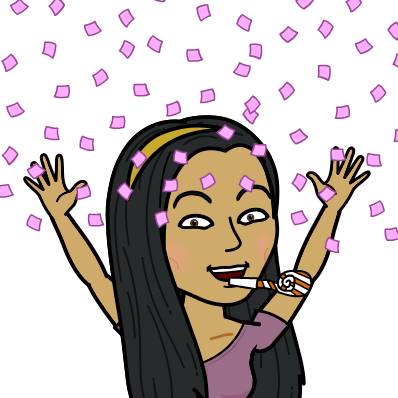 8:00pm
8:00pm - We're done! What a great show! High-five and congratulate as many kids as possible, say hi to their parents and families, and start cleaning up. Don't forget anything! Find my admin, and thank them for their support. Most people have cleared out by now. Finish cleaning - picked up an extra bow and lots of sheet music - oh well. Lights off, sound off, auditorium sweep completed, band room is clean, everything is packed up. Debrief the concert a bit with my friend, the high school orchestra teacher. Head out into the freezing cold and drive home.
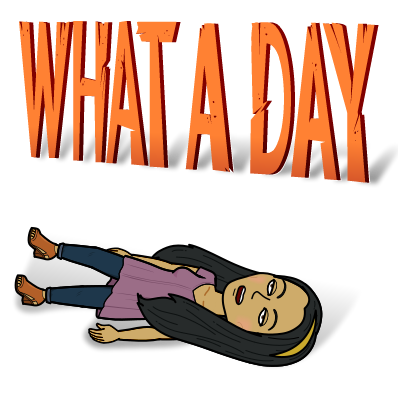 9:00pm
9:00pm - Home. Exhausted but still running on adrenaline. Read, watch TV, try to calm down. Put in concert grades and upload the concert video - might as well be productive. Trying to force myself to go to bed, but I am so pumped up!
11:30pm - Finally feeling tired enough to CRASH!
20 hour day: CHECK!


















